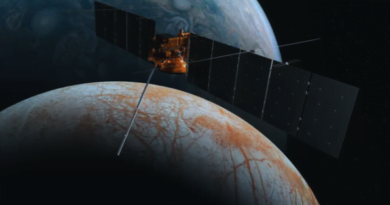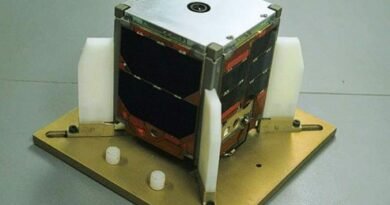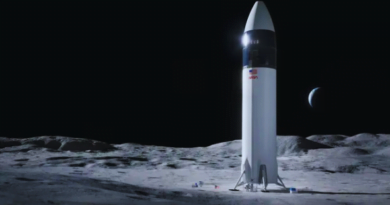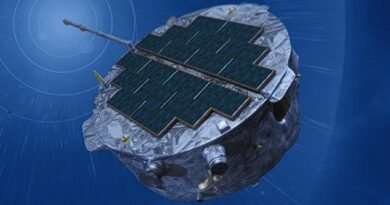Schrödinger’s Cat Equation Points to the Unification of Relativity and Quantum Mechanics
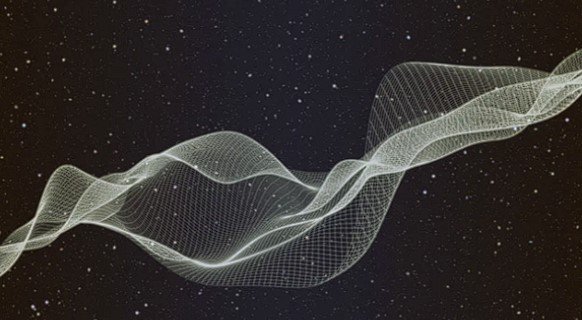
Physicists propose modifications to Schrödinger’s cat paradox to unravel the mystery of quantum particles’ simultaneous states versus the universe’s behavior.
Physicists have proposed intriguing modifications to Schrödinger’s cat paradox to reconcile the apparent conflict between quantum mechanics and Einstein’s theory of relativity. Quantum physics suggests that objects can exist in multiple states simultaneously—a concept known as superposition—until observed or measured. This concept was famously illustrated by Schrödinger’s thought experiment involving a cat in a sealed box, considered both alive and dead until observed.
While quantum principles hold true at the microscopic level, larger objects behave according to classical physics, as described by general relativity. The challenge arises when attempting to apply quantum rules to larger systems like the universe, which exhibits classical behavior and lacks external observers to trigger state collapses.
To address this conundrum, Matteo Carlesso and colleagues from the University of Trieste proposed modifications to the Schrödinger equation, which governs the evolution of quantum states. By introducing specific terms into the equation that account for self-interactions within the system, the researchers demonstrated how superposition breaks down, particularly in larger systems like the universe.
Their modified quantum framework allows for spontaneous collapses of states at regular intervals, leading to the acquisition of definite values—consistent with classical observations—without the need for external measurement devices.
In this revised quantum model, distinctions between measured objects and measuring devices are eliminated. Instead, every system undergoes spontaneous collapses, leading to the localization of states without external intervention.
This theory provides a potential explanation for why our universe behaves classically, adhering to Einstein’s equations, despite its quantum origins. It suggests that a quantum universe naturally transitions into a classical state through spontaneous collapses, each with its unique space-time geometry.
While this model doesn’t predict new large-scale physical phenomena, it does offer insights into atomic and molecular behavior, albeit with subtle deviations from standard quantum mechanics. Testing this modified quantum framework poses significant challenges, but ongoing research aims to experimentally verify or constrain the proposed collapse mechanisms.
In collaboration with experimentalists, Carlesso’s team seeks to explore these collapse modifications, potentially pushing the boundaries of quantum theory and shedding light on the fundamental nature of the universe’s transition from quantum to classical behavior. This research could have profound implications for our understanding of the cosmos at both microscopic and cosmic scales.


